Removal of the cervix (trachelectomy)
What is a trachelectomy?
Trachelectomy is an innovative operation performed in early stage cervical cancer, which removes the cervix, the upper part of the vagina with the obligatory preservation of the uterus, fallopian tubes and ovaries.
Why do a trachelectomy?
Until recently, all women with this disease were recommended surgery to remove the entire uterus with the cervix (and in many cases with the ovaries and Fallopian tubes), leaving the woman unable to conceive and give birth. With the introduction of radical trachelectomy, more than 1,000 women in the world became mothers and were completely cured of the disease, which was previously a sentence. Therefore, this operation will allow young women to become mothers in the future.
About the female reproductive system
The female reproductive system is located in the lower abdomen. It includes the ovaries, fallopian tubes, uterus, cervix and vagina. The uterus is located in the lower abdomen between the bladder and the rectum. The lower narrow end of the uterus is called the cervix. The ovaries and fallopian tubes are connected to the uterus.
Cervical cancer is not a verdict
Along with breast cancer, one of the most common types is cervical cancer. The pathology can be detected at different ages. However, modern methods of treatment allow achieving complete recovery.
What is a trachelectomy?
In patients with cervical cancer of reproductive age, cervical amputation (simple vaginal trachelectomy) and radical trachelectomy are used.
How is the operation performed?
Radical trachelectomy is performed in a clinic under general anaesthesia (you will be unconscious) or under spinal anaesthesia (you will be conscious, but will not feel pain). This operation consists of 2 stages.
- The first stage is the removal of lymph nodes in the pelvis and checking them for cancer cells.
While you remain in the operating room under general anaesthesia, the pelvic lymph nodes are examined under a microscope to check for cancer cells. If cancer is found in the lymph nodes, the operation is stopped. If cancer is not detected, the surgeon will perform the second step - a radical trachelectomy.
- The second stage - removal of the cervix, upper vagina and surrounding tissues (parametric tissue).
At the same time, the uterus and appendages remain. The uterine-vaginal connection (anastomosis) is imposed that allows restoring physiological passability from a vagina to a uterus. Also at the end of this operation, an intrauterine device is installed to prevent infection (atresia) of the cervical canal and, in some cases, a circular suture is applied to the rest of the cervix to carry the next pregnancy, which may be recommended no earlier than 3 months after uncomplicated surgery.
Cervical tissue removed during surgery is examined under a microscope to see if there are any cancer cells. If there are cancer cells on or near the edge of the removed tissue, the surgeon may try to remove more tissue. In some cases, the surgeon may need to remove the uterus (hysterectomy) to make sure that the entire tumour is removed with an adequate normal edge of the tissue.
There are various methods of radical trachelectomy:
Vaginal radical trachelectomy - removal of the neck and surrounding tissues, directly through the vagina.
Abdominal radical trachelectomy - removal of the cervix and surrounding tissues, through an incision in the abdomen (access is performed through the abdominal cavity).
Laparoscopic radical trachelectomy uses a thin tubular instrument with a backlight and lens (so-called laparoscope). The surgeon makes small surgical incisions in the abdomen. The laparoscope and other instruments are inserted through small incisions into the abdomen to remove the cervix and surrounding tissues.
When can a trachelectomy be performed?
Indication:
- woman's age 18-40 years;
- the patient wants to preserve reproductive function;
- tumour size up to 2.5 cm in the largest dimension;
- no involvement in the pathological process of the upper third of the cervical canal;
- No signs of metastases in regional lymph nodes;
- the first stages of the disease (cervical cancer IA1 with the involvement of cervical vessels in the process, stage IA2-IV).
What are the contraindications?
- signs of infertility;
- some histological forms of cancer;
- involvement in the pathological process of the upper segment of the cervical canal;
- concomitant aggravated somatic diseases.
For the correct staging of the disease, information obtained using ultrasound of the pelvic organs, CT of the abdominal cavity and MRI of the pelvic organs, PET-CT, which allows you to correctly assess the prevalence of the tumour and choose the most effective treatment. When choosing a particular method of treatment or a combination of them, experienced specialists of our clinic are guided by many factors, approaching each patient and her problems individually. The question of the possibility of performing a trachelectomy in each case is decided individually.
Bibliography
- Chang S.S., Cole E., Cookson M.S. et al. Preservation of the anterior vaginal wall during female radical cystectomy with orthotopic urinary diversion: technigue and results. / J. Urol. – 2002. – Vol. 168. – P. 14421445.
- Курашвили Л. Р. Руководство к практическим занятиям по биопсийносекционному курсу (клиническая патанатомия): учебное пособие. – М.: Издательский дом Академии Естествознания, 2012. – 74 с
- Аляев Ю.Г., Винаров А.З., Крапивин А.А. Диагностика опухоли лоханки и мочеточника. В кн.: Тезисы VI Всероссийской научно-практической конференции Актуальные вопросы лечения онкоурологических заболеваний 4-5 октября 2005 г. Онкоурология (приложение) 2005: прил.: 5-6.
Our advantages
Choose the nearest clinic
ISO certificates
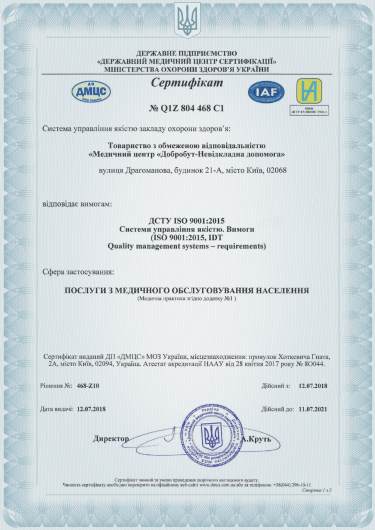
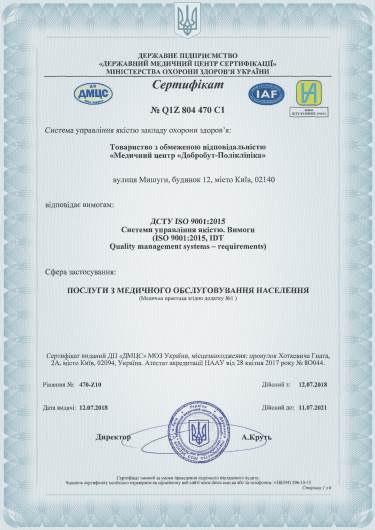
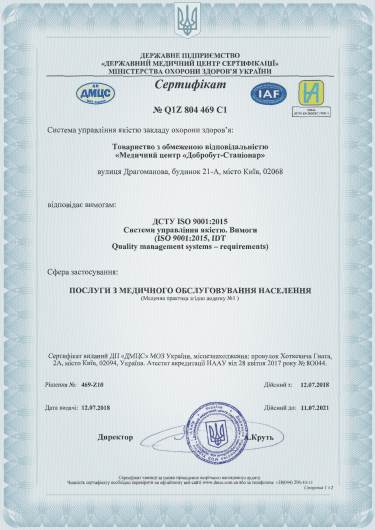
Accreditation certificates
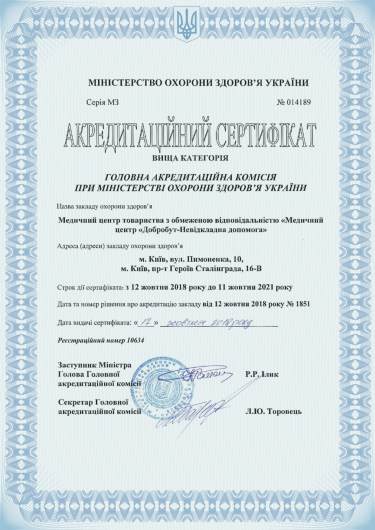
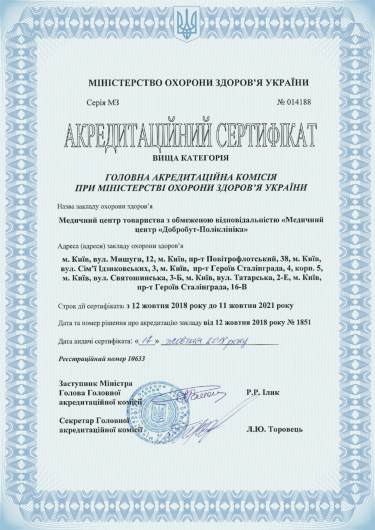

Licenses of medical practice
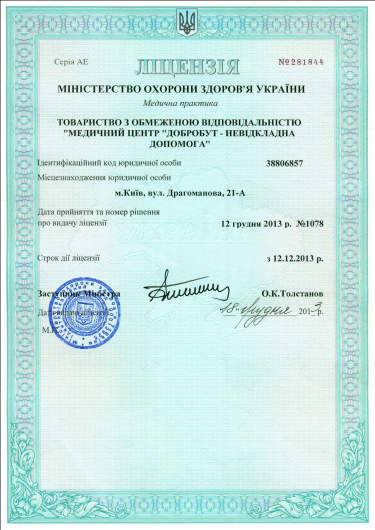
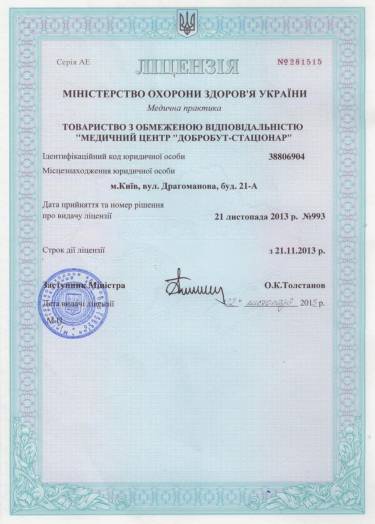

.jpg)











%402x.png)
%402x.png)
